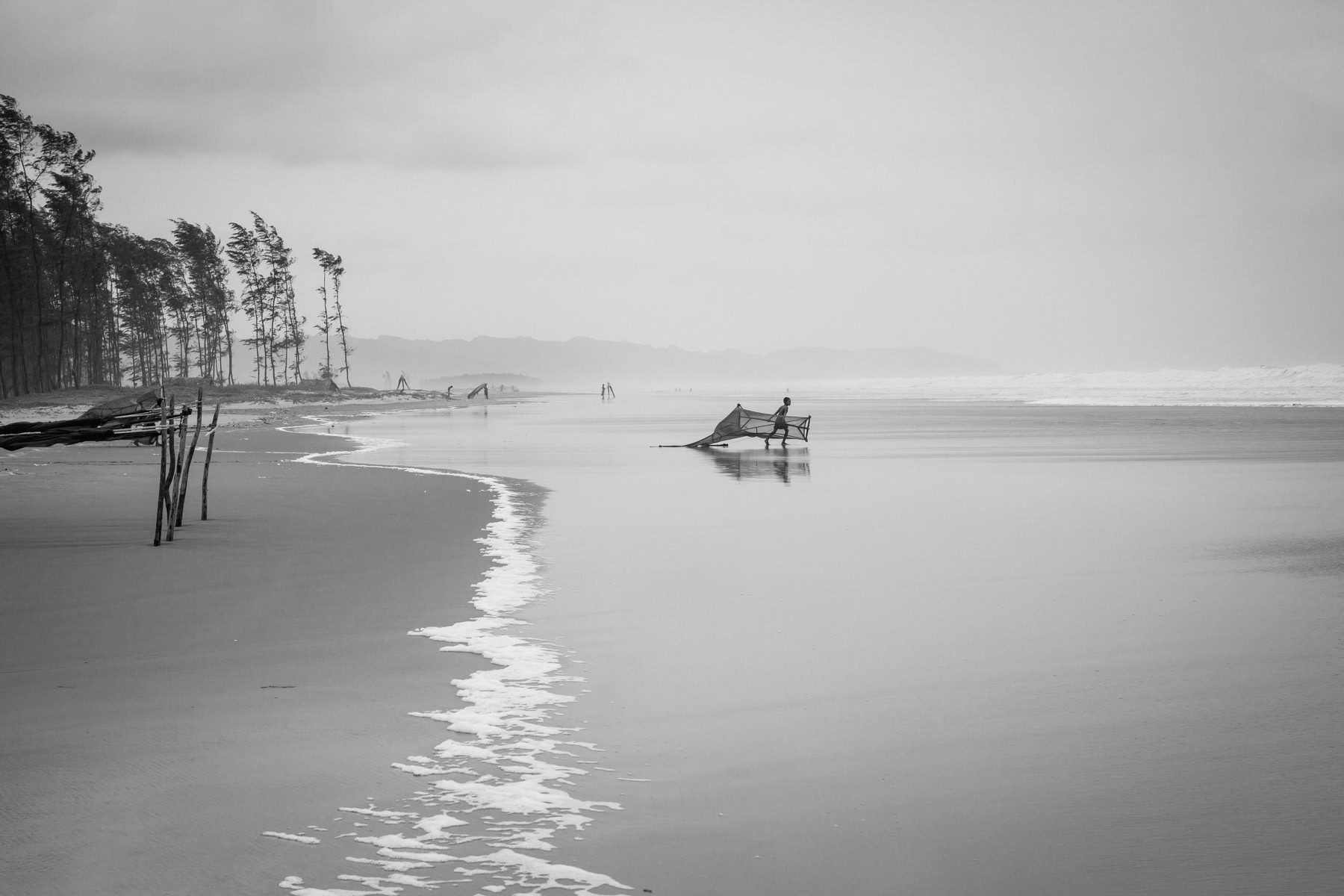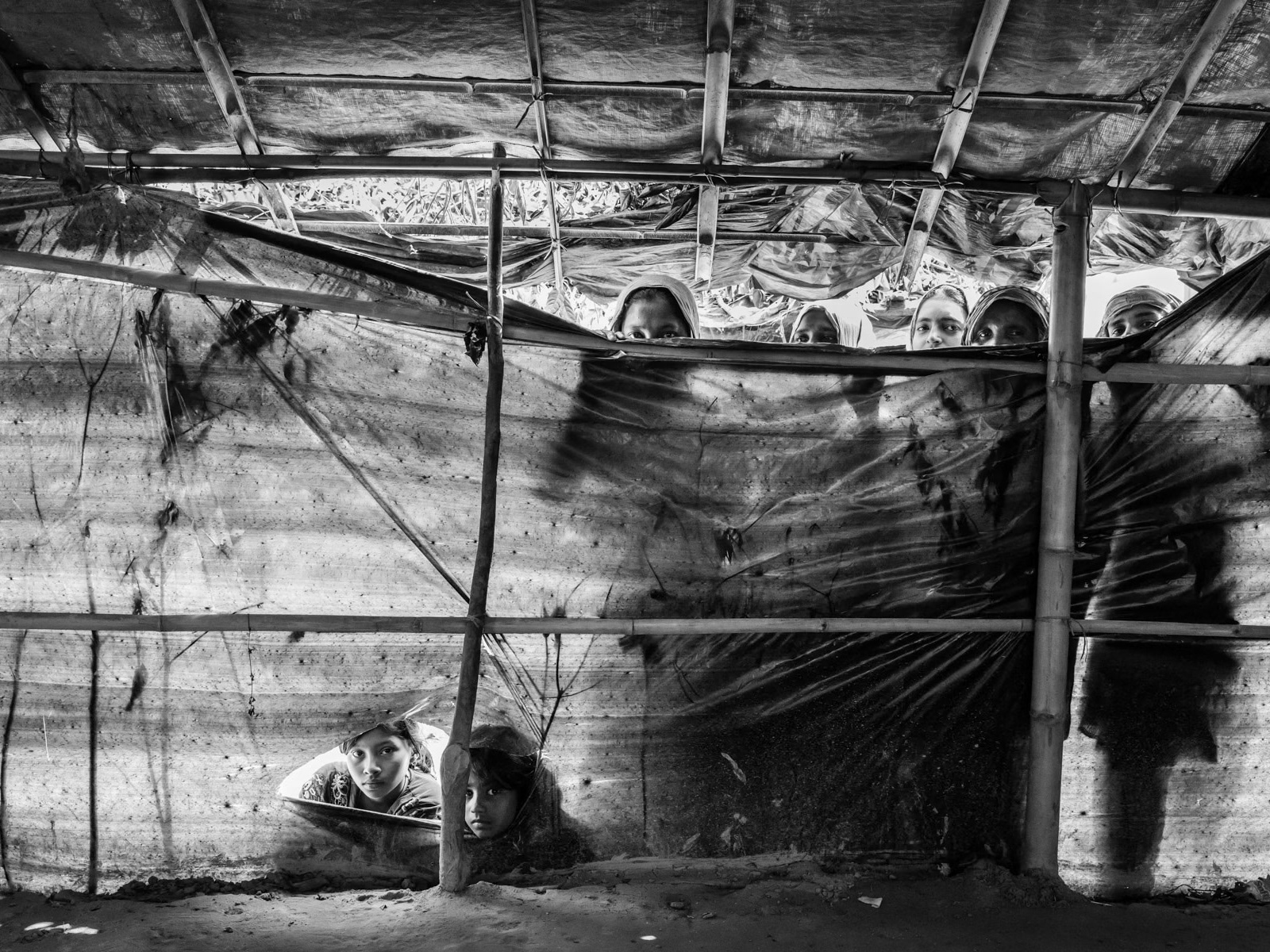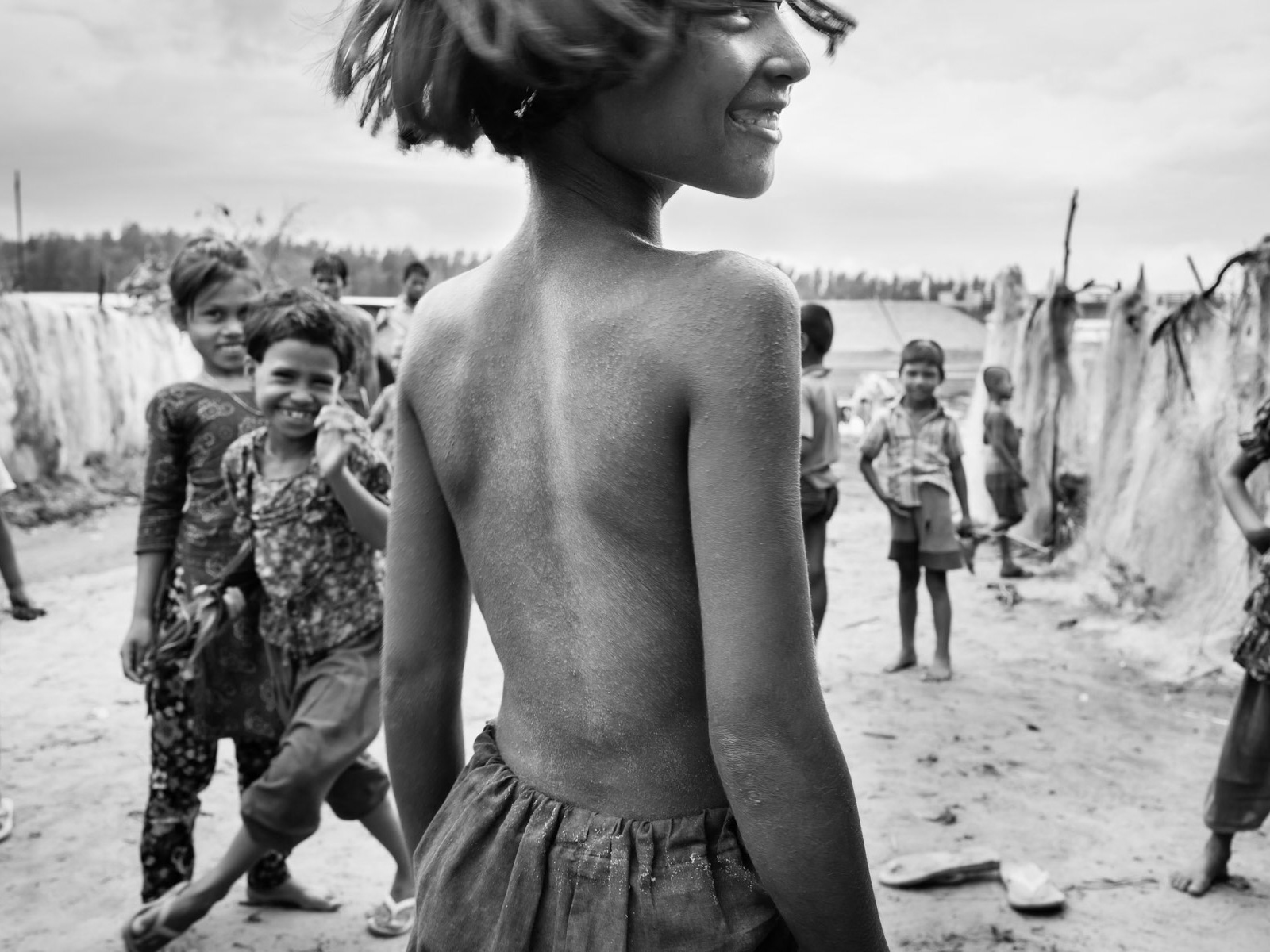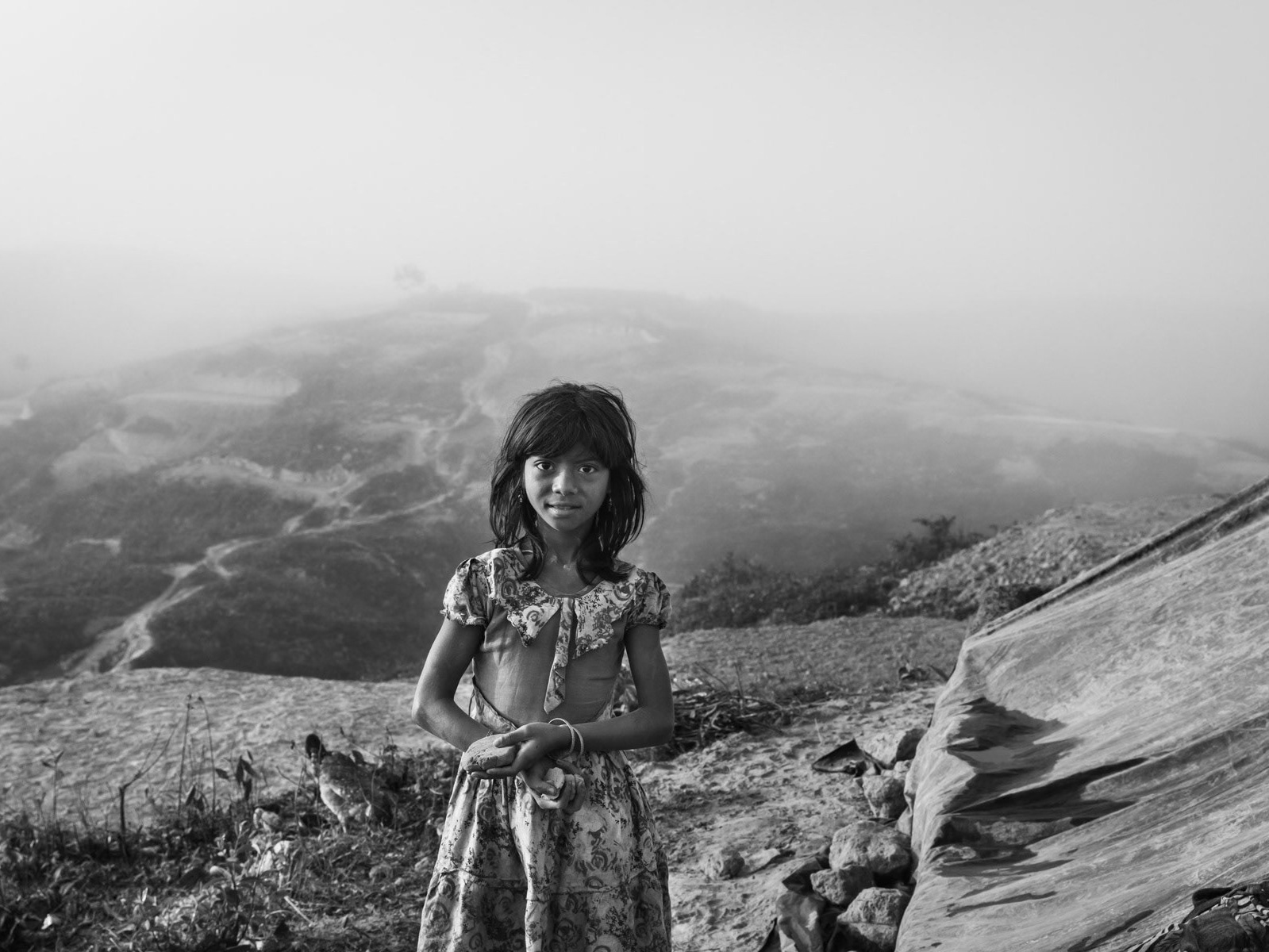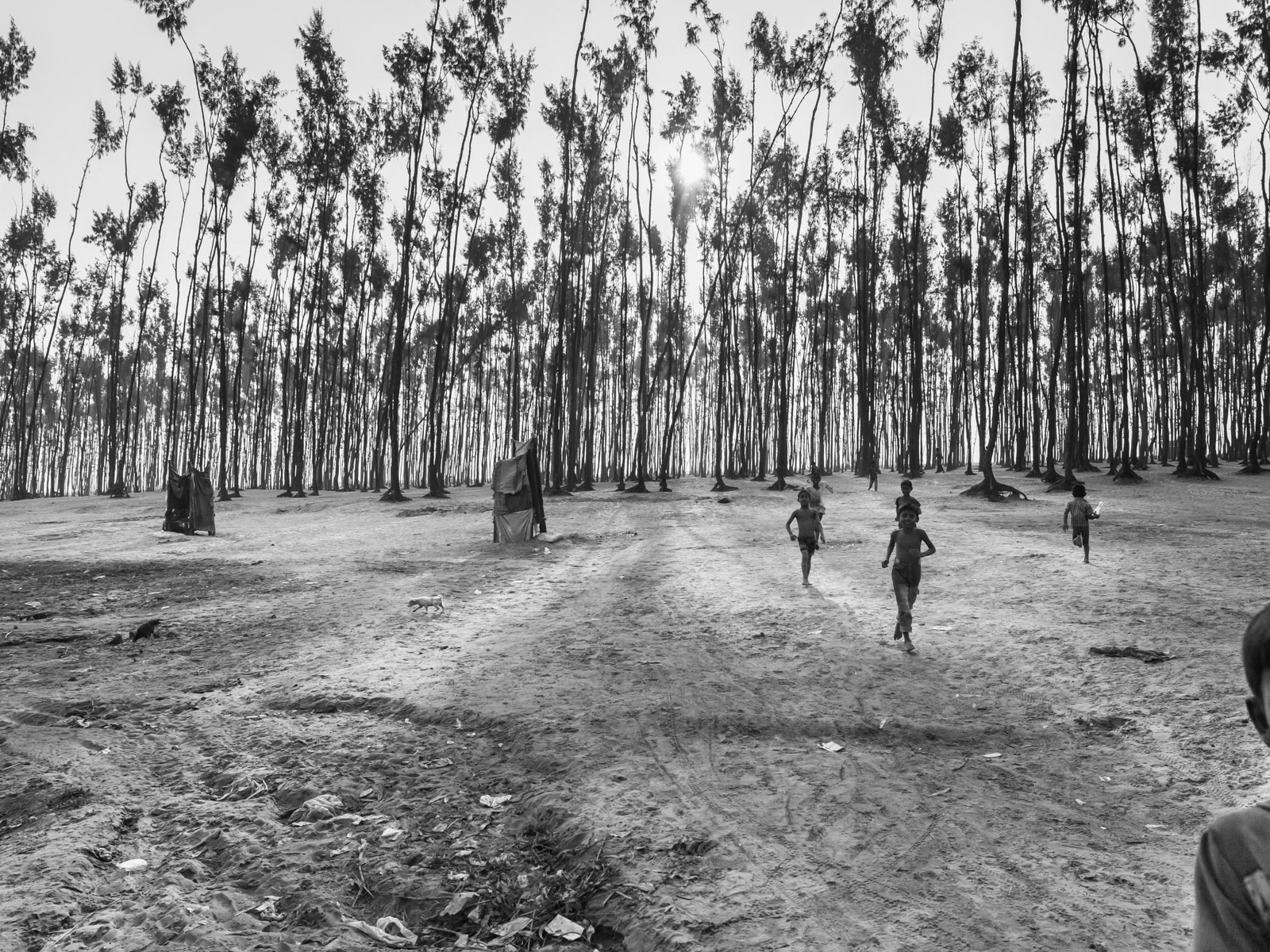The conditions of the Rohingya in Bangladesh, particularly those who arrived in successive waves in 1978, 1992, 2008, and 2012, remain dire and precarious. These refugees fled Myanmar to escape waves of persecution, seeking refuge across the border in Bangladesh, where they face numerous challenges. The majority of the Rohingya population in Bangladesh—numbering over half a million—live in overcrowded, squalid conditions in makeshift settlements. Tragically, a significant number of them are unregistered, with less than 10% officially recognized as refugees. This lack of registration means they are excluded from essential services such as humanitarian aid, healthcare, education, and the ability to work legally.
In these settlements, the Rohingya face a life marked by uncertainty and deprivation. Without formal refugee status, they are denied access to government assistance and live on the margins of society. Their daily existence is characterized by a struggle to find basic commodities like food, clean water, and shelter. The absence of health services means that preventable diseases spread easily, and malnutrition is common, particularly among children. Additionally, the lack of educational opportunities traps younger generations in cycles of poverty and despair.
The trauma from these earlier waves of persecution is profound. Many Rohingya are still haunted by the violence they experienced in Myanmar, and their vulnerability is heightened by the lack of psychological support. The community is often composed of women and children who are especially at risk. Many have lost contact with family members who were left behind or died along the perilous journey, leading to an enduring sense of isolation and hopelessness.
As the situation continues, the Rohingya are left in limbo, unwanted by both Myanmar and Bangladesh, with their future uncertain and their suffering ongoing.

Rohingya working as low paid daily labour for Bangladeshi fishing boat owners. The same boats have been used to smuggle desperate refugees towards international waters where bigger boats wait to transport them towards Thailand and Malaysia. Recently similar boats have been used to flee from Myanmar to Bangladesh. Shamplapur, Bangladesh, June 2015
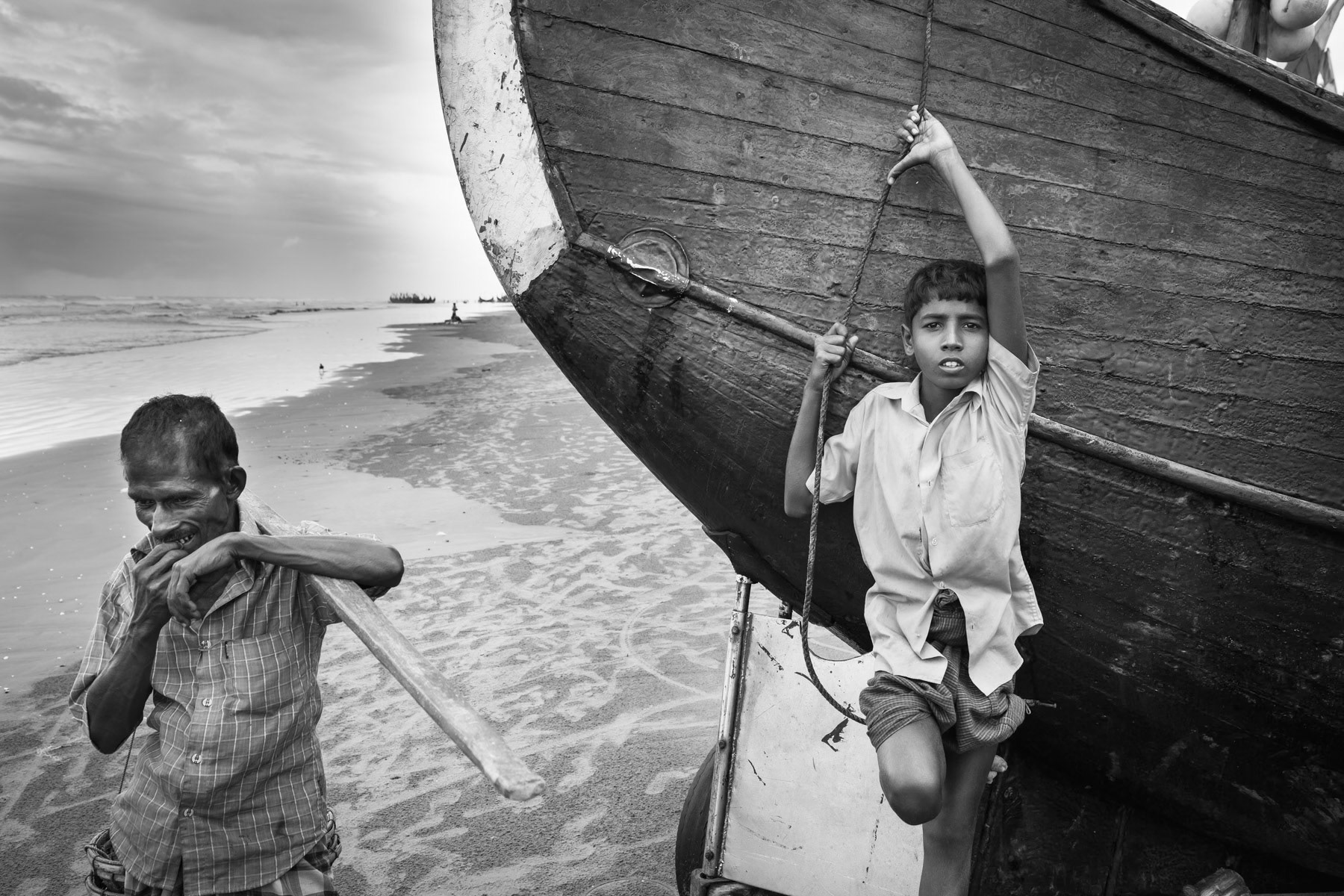
Rohingya refugees in Teknaf district at the border with Myanmar, Bangladesh, June 2015
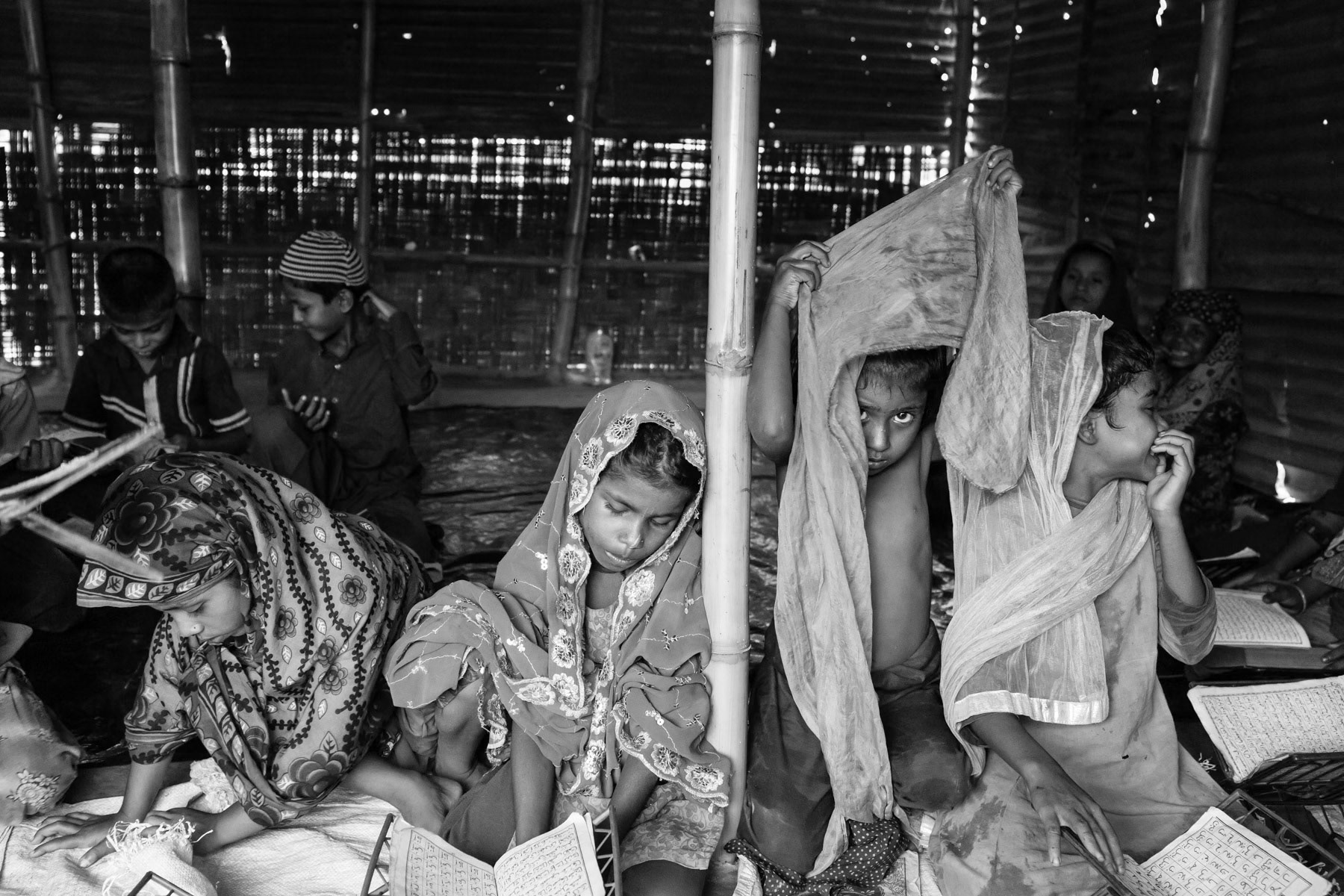
Rohingya refugees at an informal coranic school, Teknaf, Bangladesh, June 2015
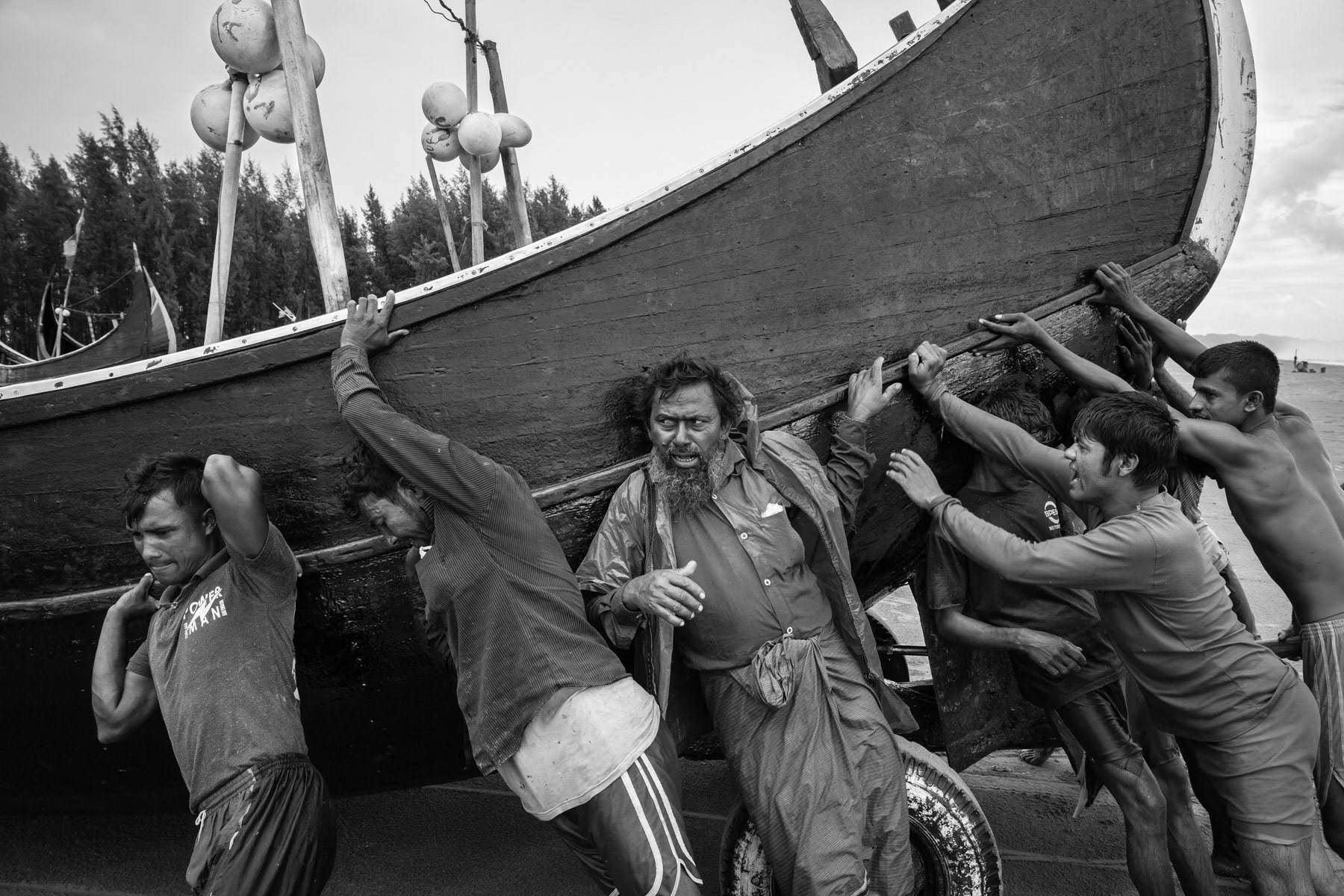
Rohingya fishermen working as daily labour for Bangladeshi boat owners, Shamplapur, Bangladesh, June 2015
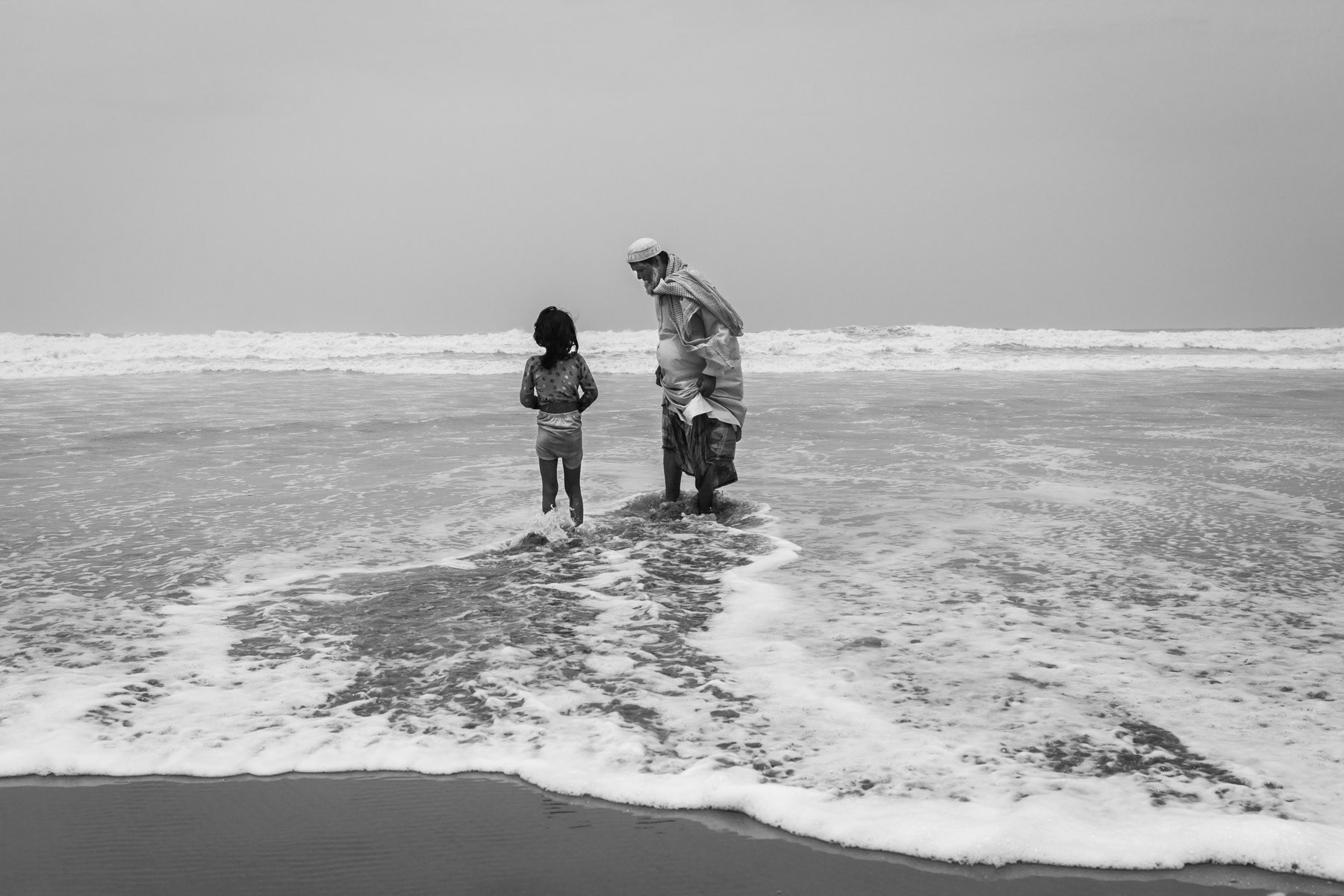
Rohingya refugees at Shamlapur beach, one of the launch points for human trafficking to Malaysia by boat. Teknaf, Bangladesh, May 2016
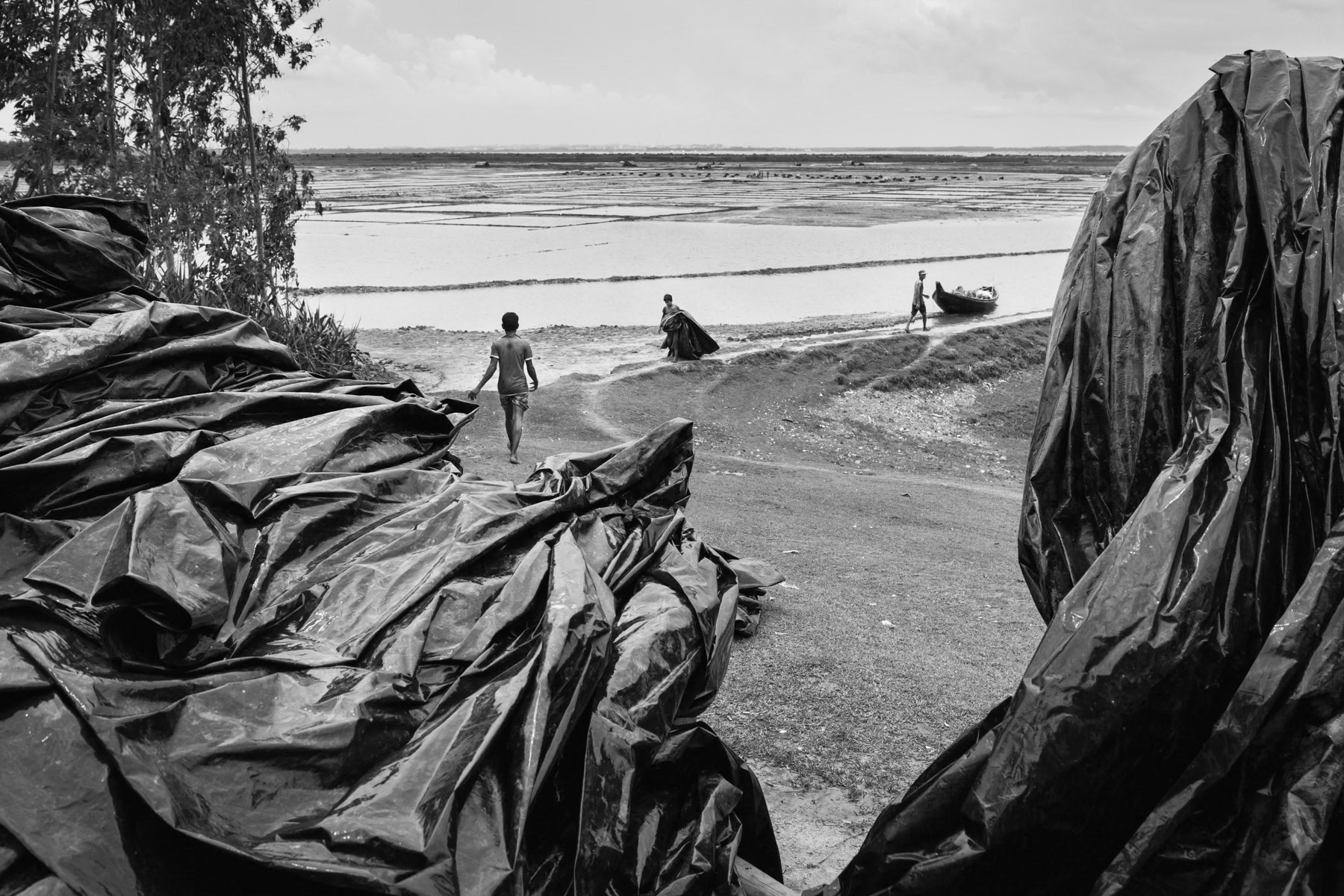
Rohingya working on the salt fields, Maheskhali, Bangladesh, May 2016

Rohingya boy, Shamplapur refugee camp, Bangladesh, December 2015

Rohingya daily labour working in the fish drying plants in Cox's Bazar, Bangladesh, December 2015
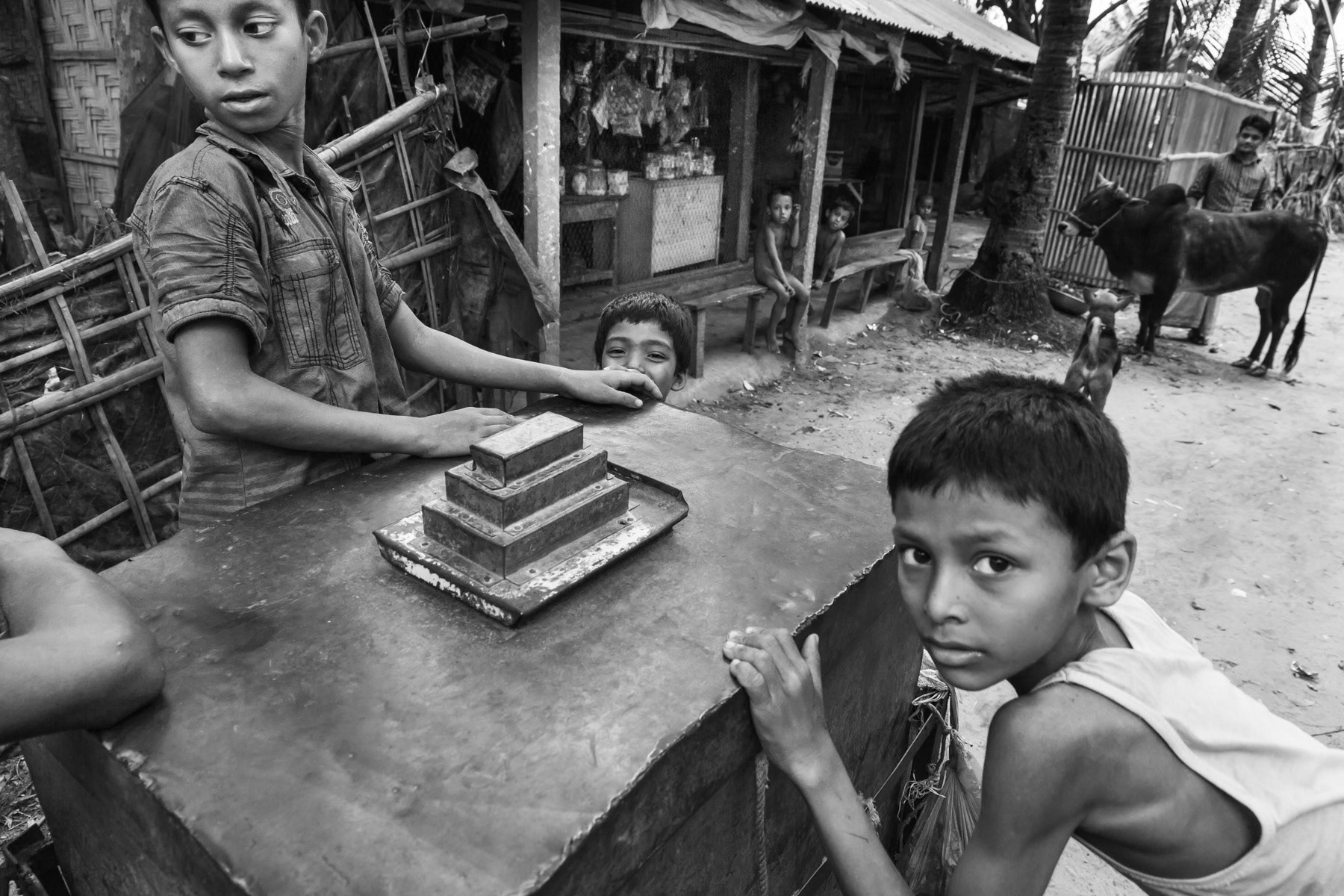
Rohingya children and the ice cream cart. Char Para, Maheskhali, Bangladesh, May 2016
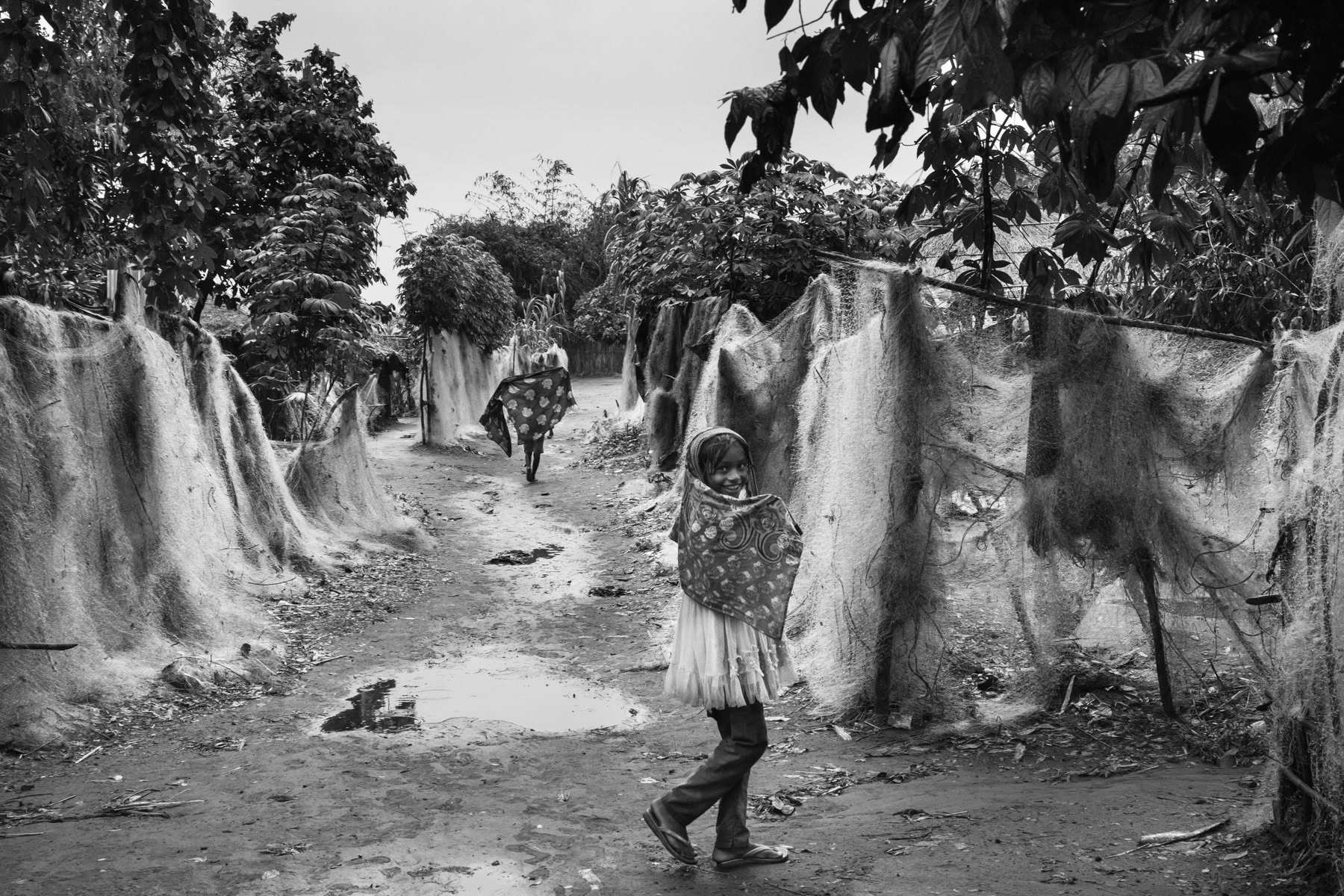
Un-registered camp for Rohingya refugees in Southern Bangladesh, June 2015
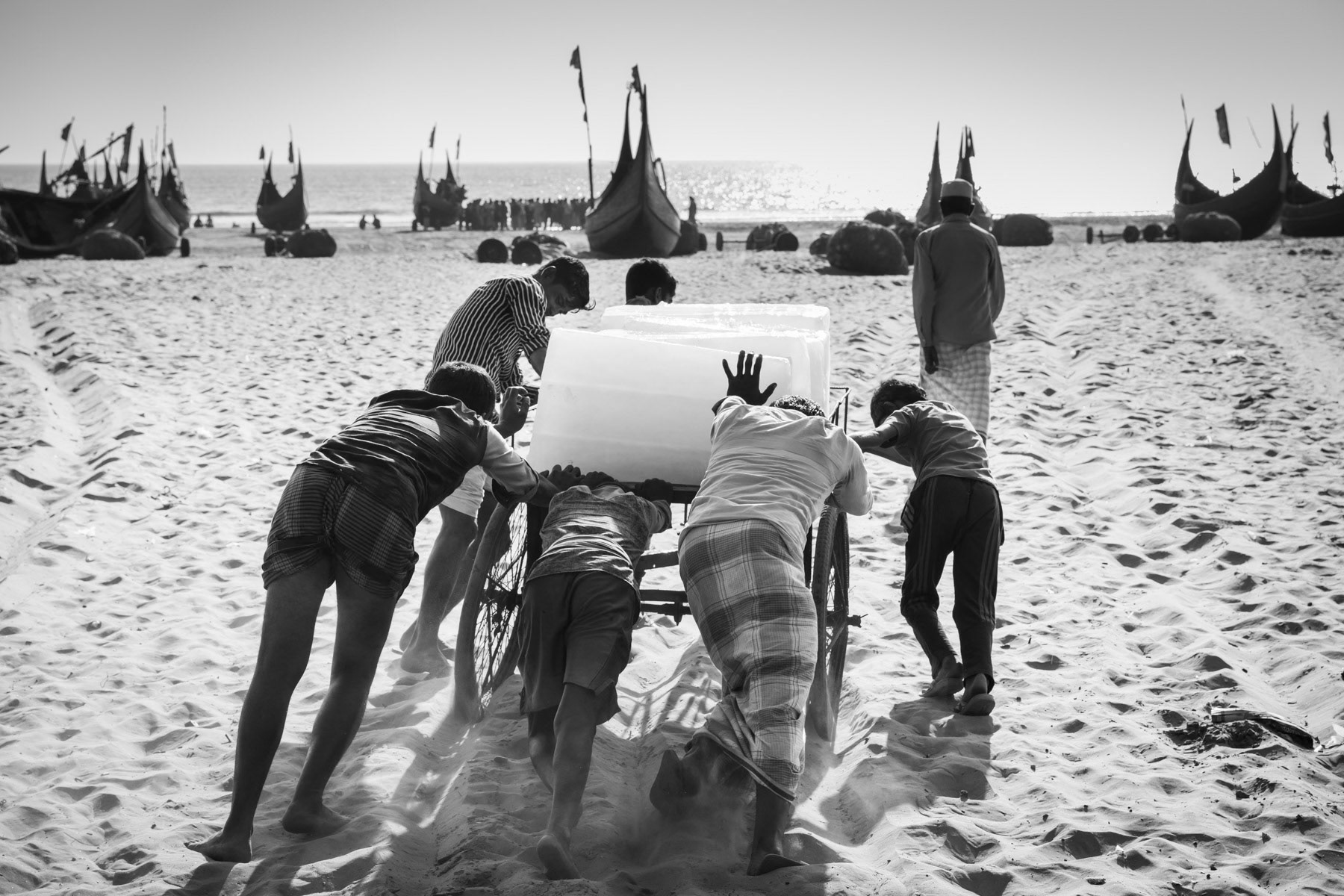
Rohingya daily labour carrying ice blocks to the fishing boats. The boat owners are local and cash-in the bulk of the money made. Daily labour make between 1 and 3 dollar a day, sometimes less. Shamlapur near Teknaf, Bangladesh, February 2017

Rohingya fishermen working as daily labour for Bangladeshi boat owners, Shamplapur, Bangladesh, June 2015
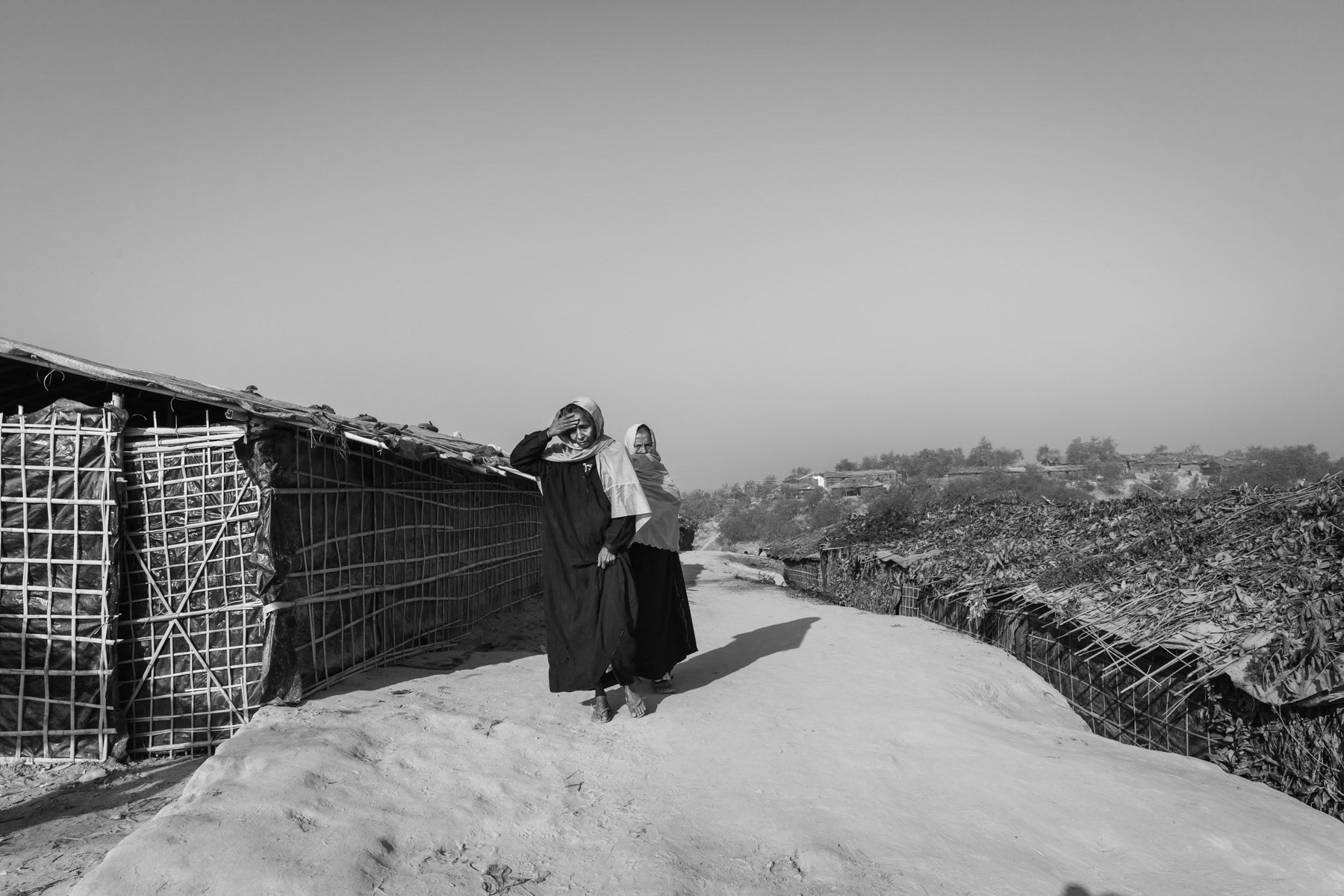
New makeshift construction for the new wave of Rohingya refugees arriving In Bangladesh. Nearly 100,000 persecuted refugees have arrived from Maungdaw township in Myanmar since October 2016. New extension of Kutupalong refugee camp, Cox's Bazar, Bangladesh, February 2017
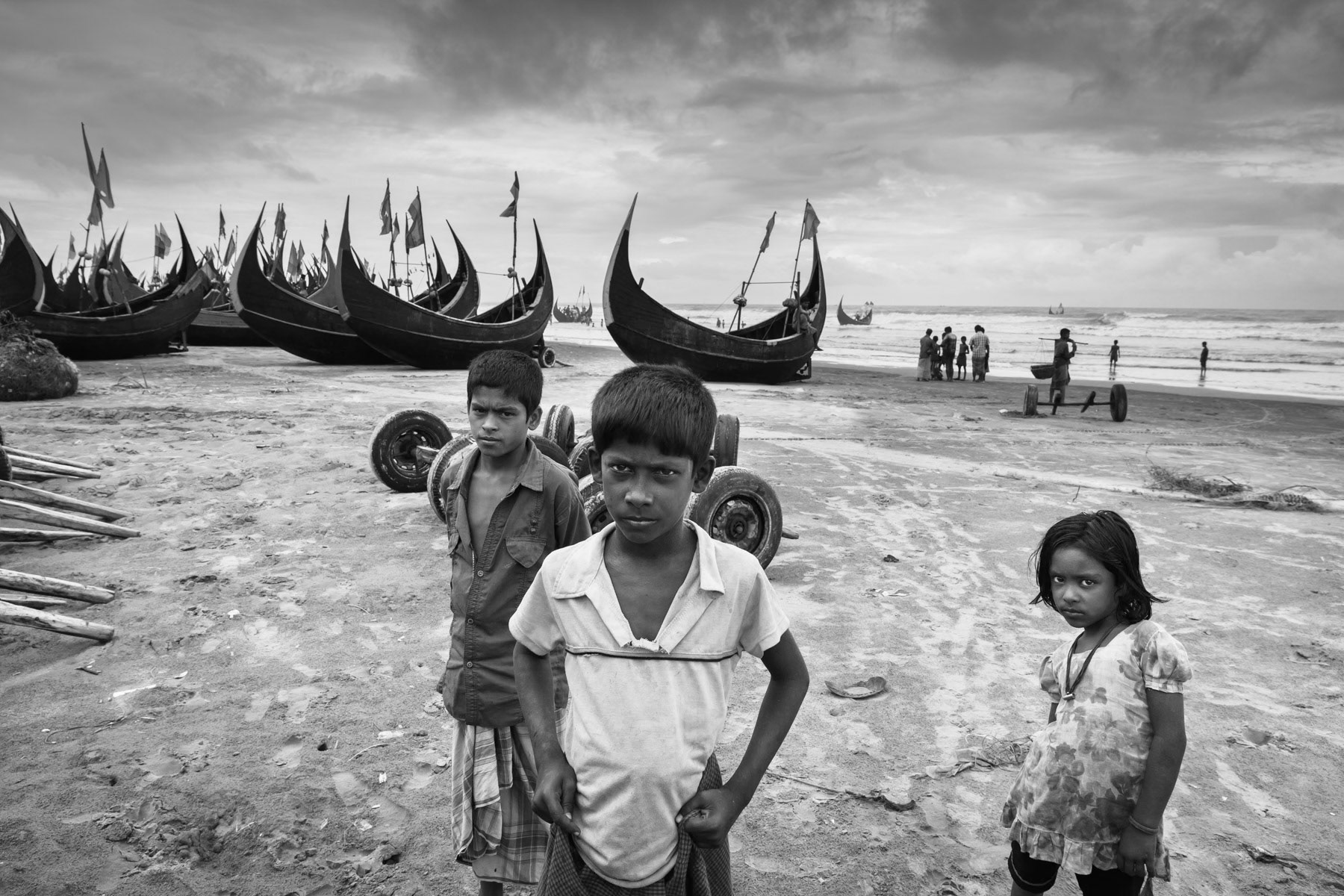
Rohingya children on the beach of Shamplapur in Bangladesh, June 2015

Rohingya children in one of the un-registered camps of Southern Bangladesh near the border with Myanmar, June 2015
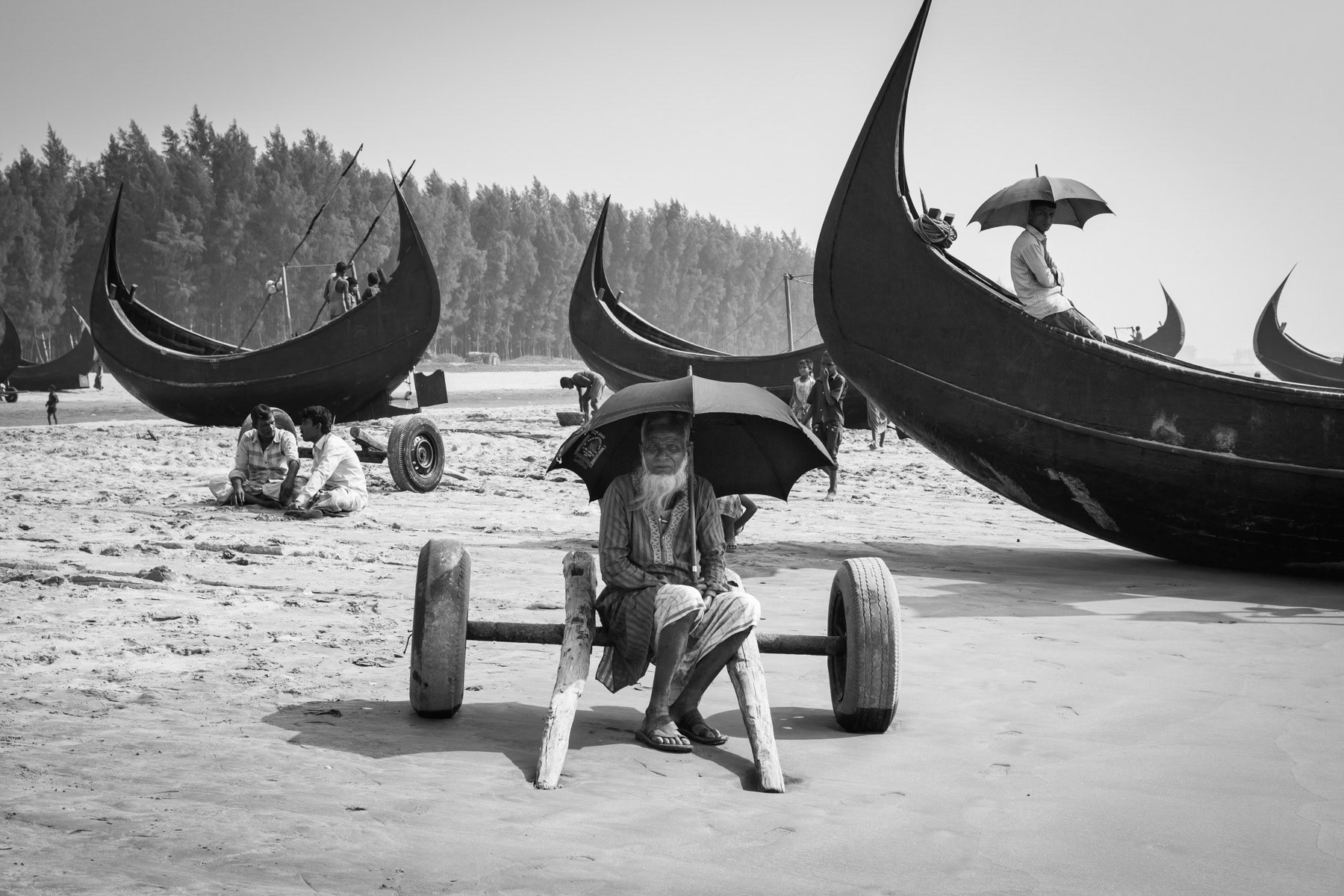
The beach where fishing and smuggler boats leave, Shamplapur beach near Teknaf, Bangladesh, December 2015
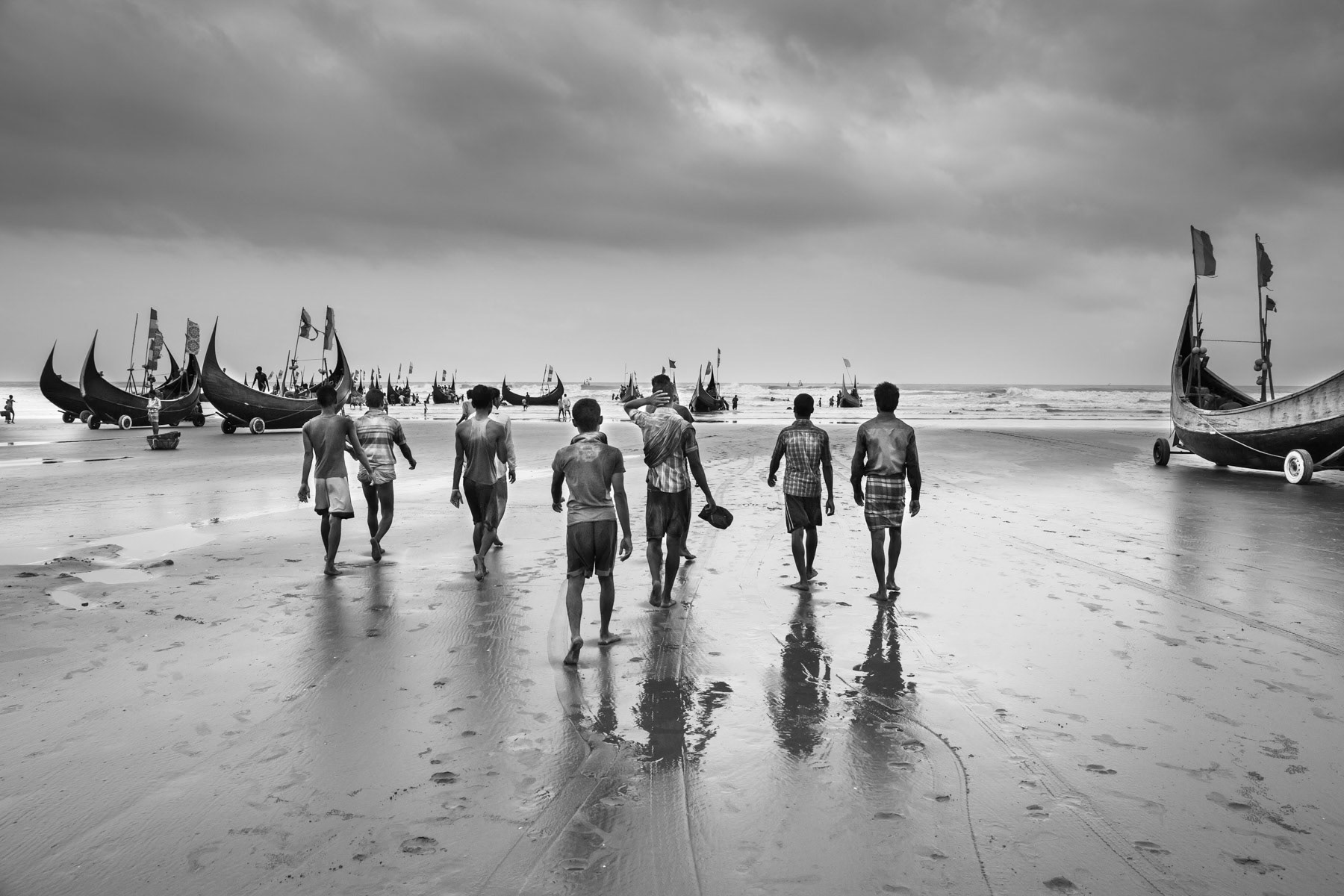
Rohingya fishermen working as daily labour for Bangladeshi boat owners, Shamplapur, Bangladesh, June 2015
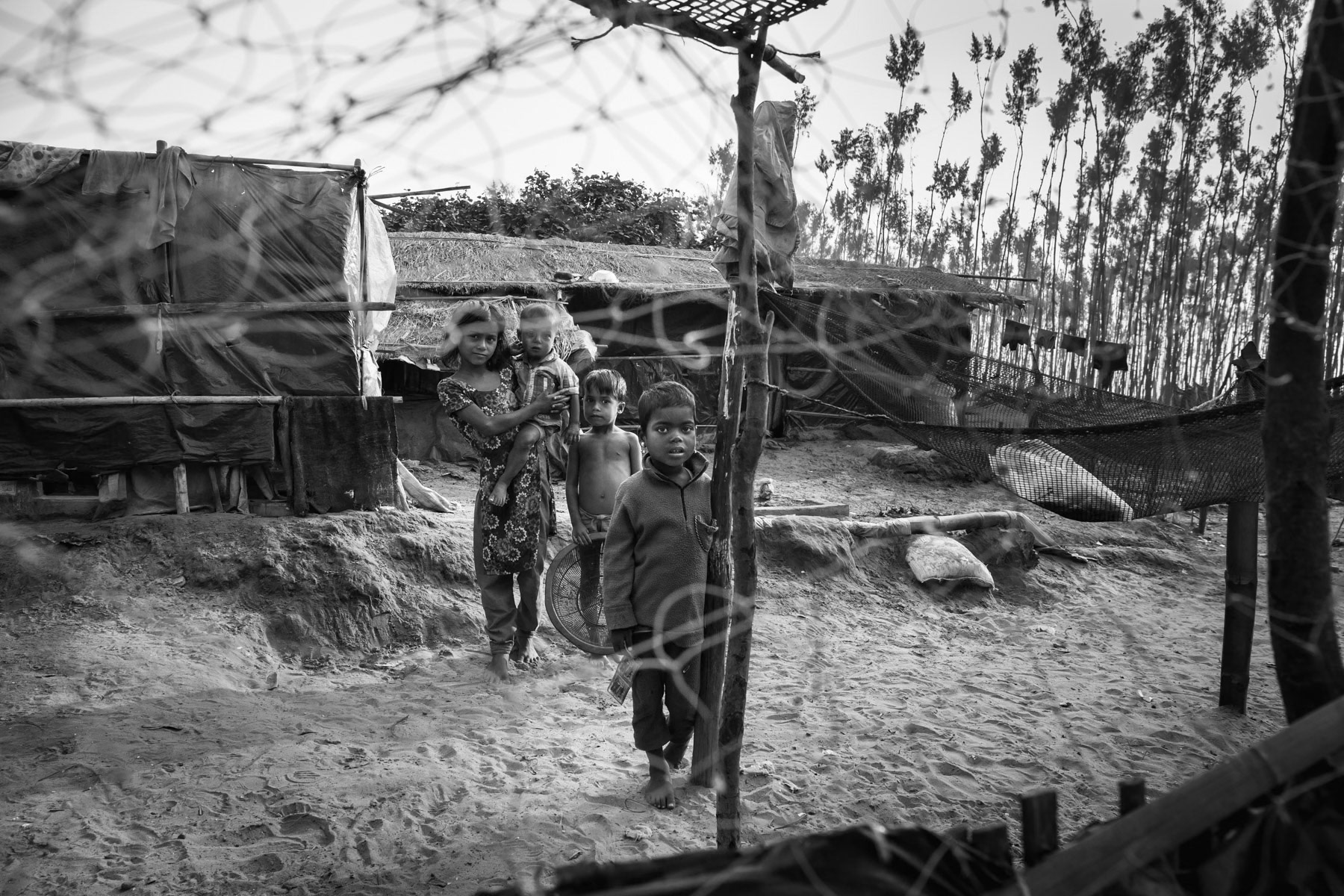
Rohingya refugees, Najirar Tak near Cox's Bazar, Bangladesh, December 2015

Rohingya boy from Myanmar, Shamlapur beach near Teknaf, Bangladesh, May 2016
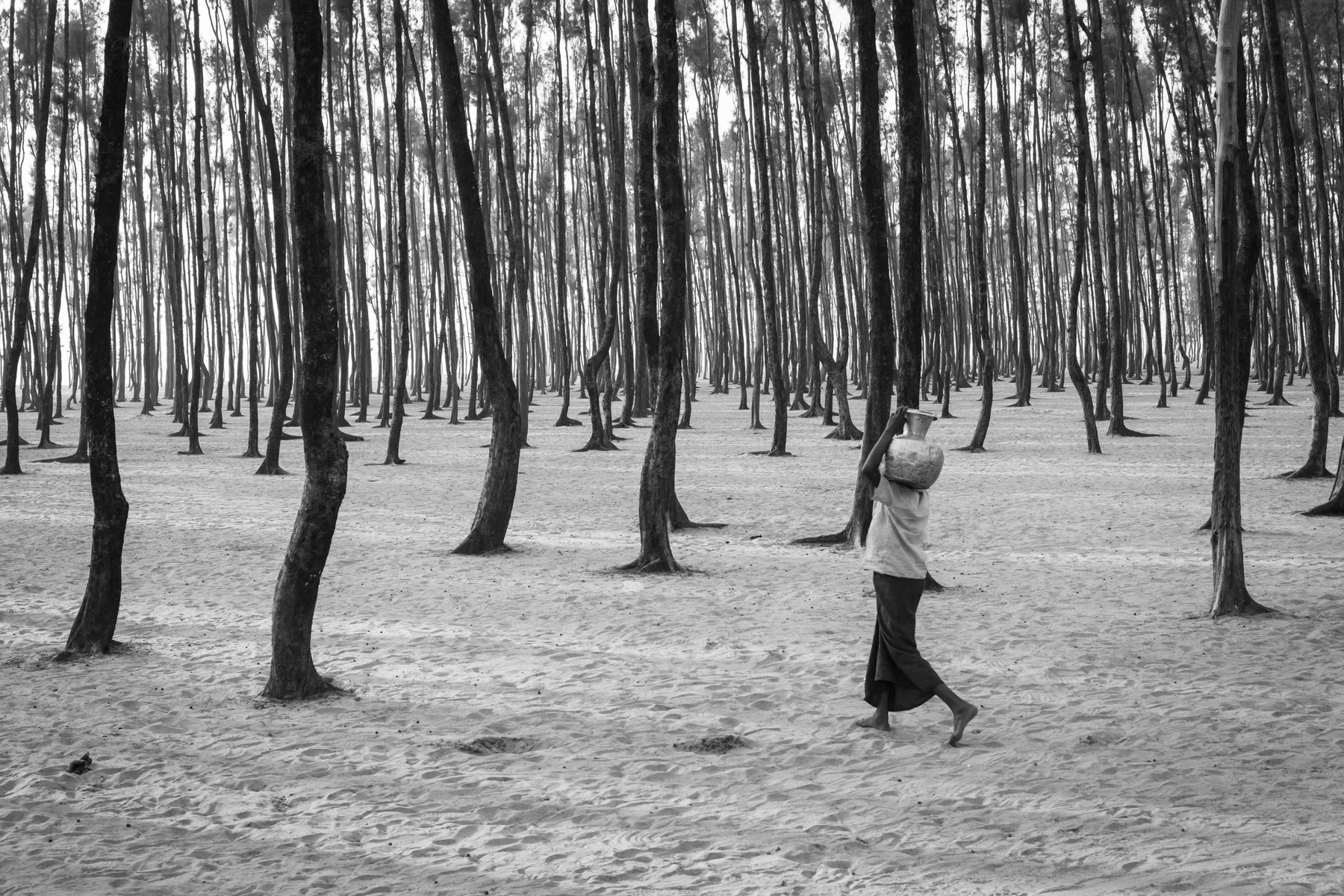
Najirar Tak beach inhabited by Rohingya refugees from Myanmar, Cox's Bazar, Bangladesh, December 2015

Rohingya boy catching small fish. Maheskhali peninsula, Bangladesh, May 2016
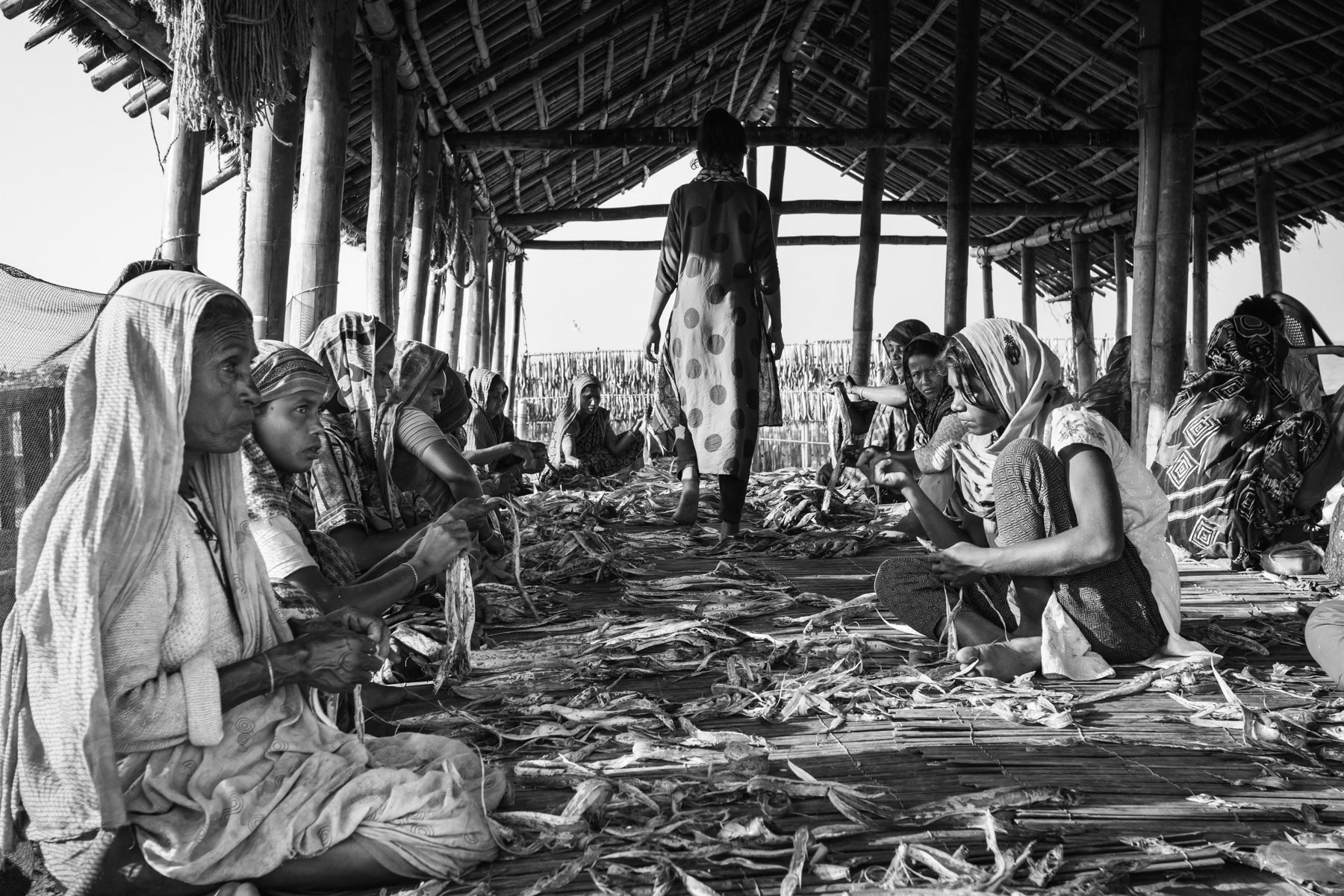
Women sorting dry fish. Fish drying areas near Cox's Bazar where numerous Rohingya refugees can find low paid jobs. Najirar Tak, Cox's Bazar, Bangladesh, February 2017

Rohingya refugees working on the salt fields of Maheskhali peninsula near Cox's Bazar Bangladesh, May 2016
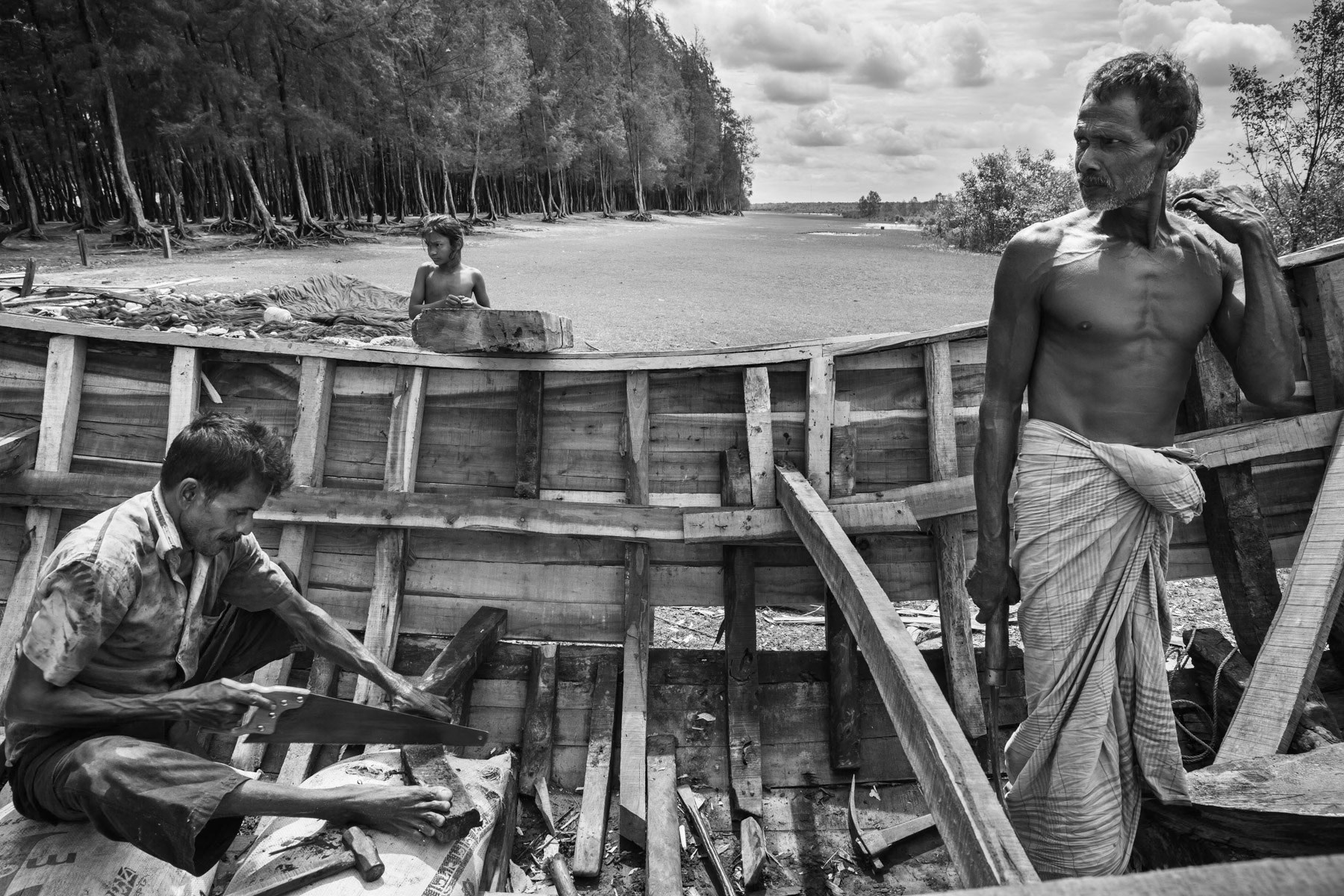
Rohingya refugees from Myanmar, Maheskhali Peninsula near Cox's Bazar. Bangladesh, May 2016

Rohingya fisherman, Maheskhali peninsula, Bangladesh, May 2016
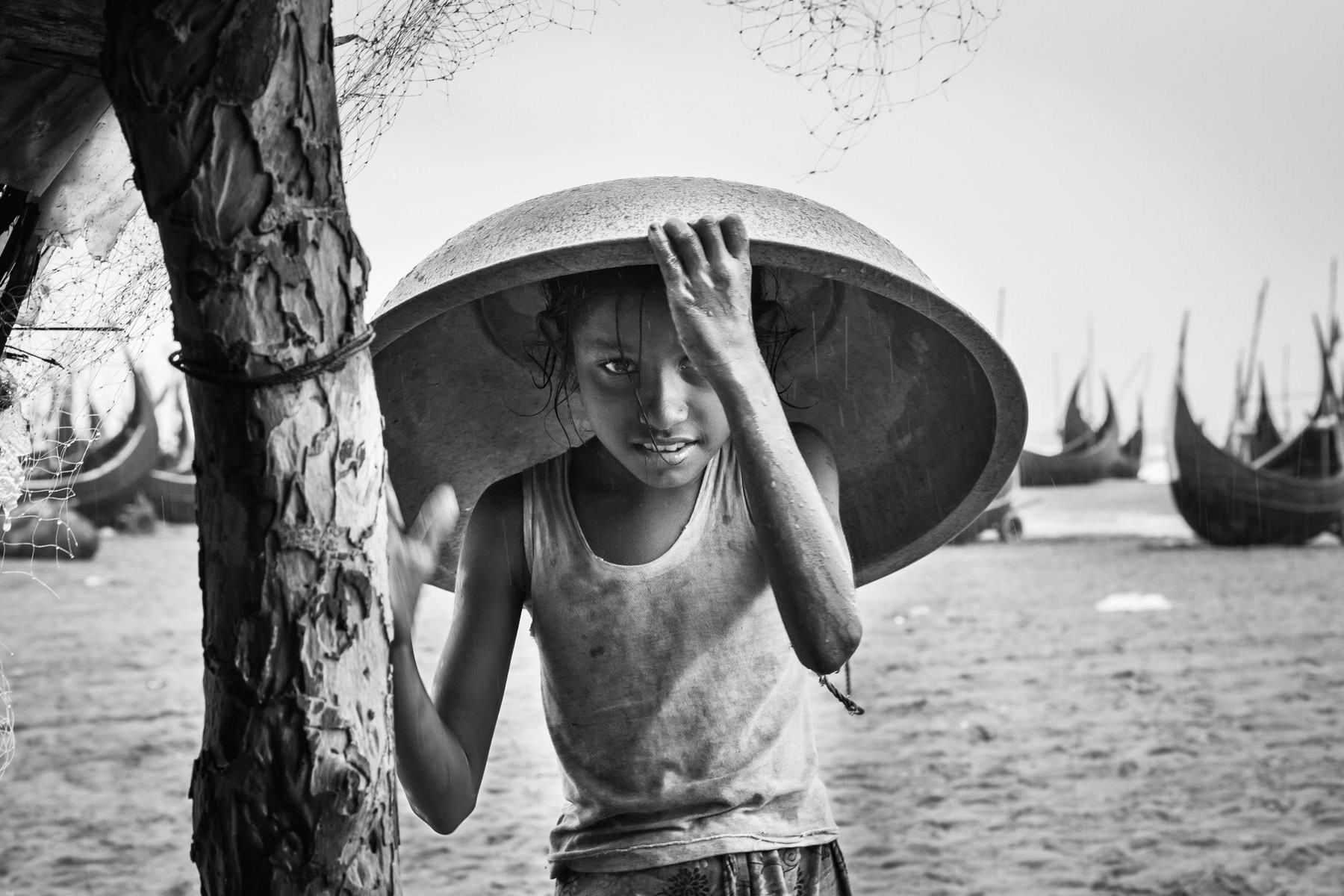
Start of the monsoon. Shamlapur, Bangladesh, May 2016

Rohingya refugees sorting baby shrimps. Shamlapur beach, Teknaf, Bangladesh, May 2016
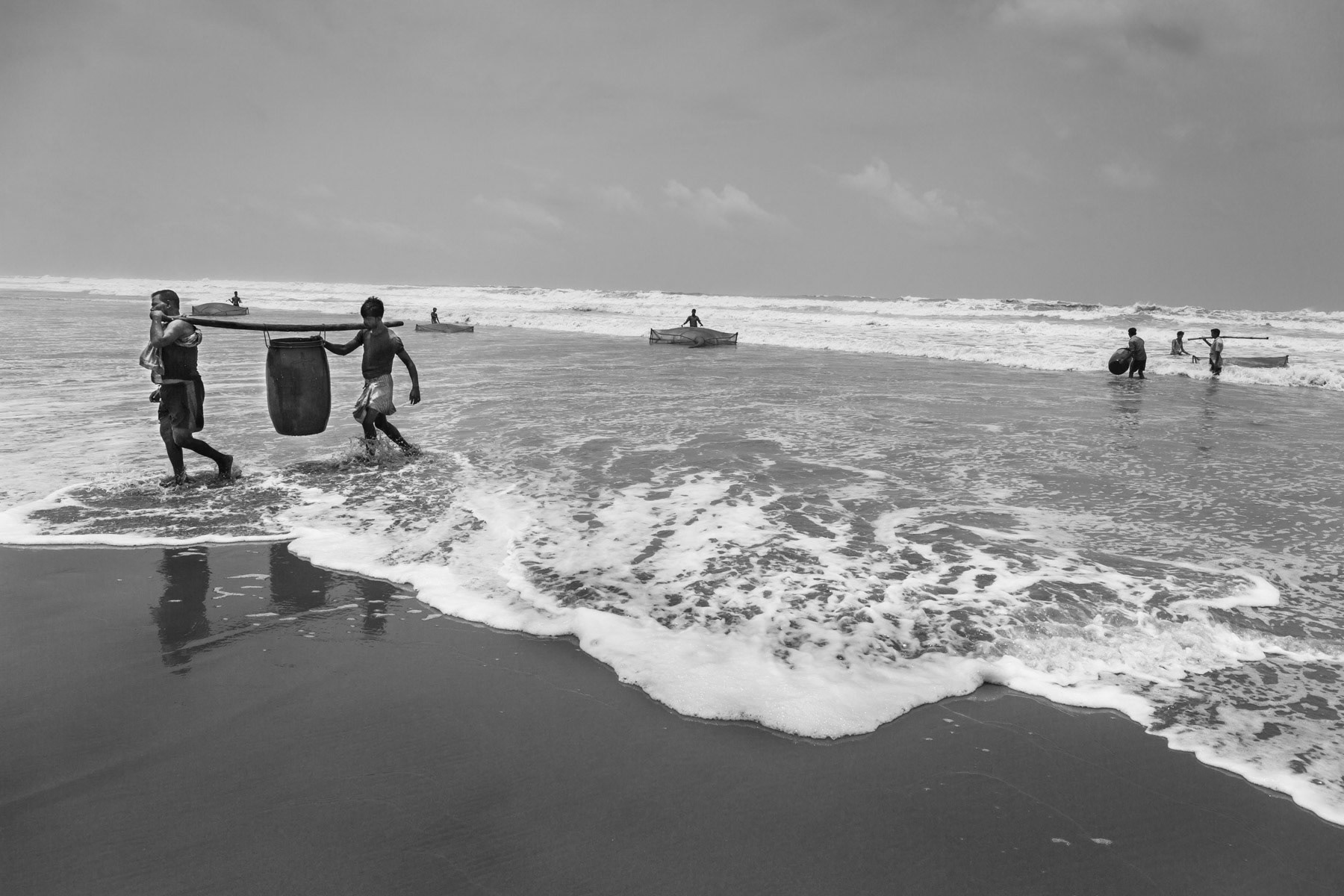
Rohingya refugees catching baby shrimps. Shamlapur, Bangladesh, May 2016
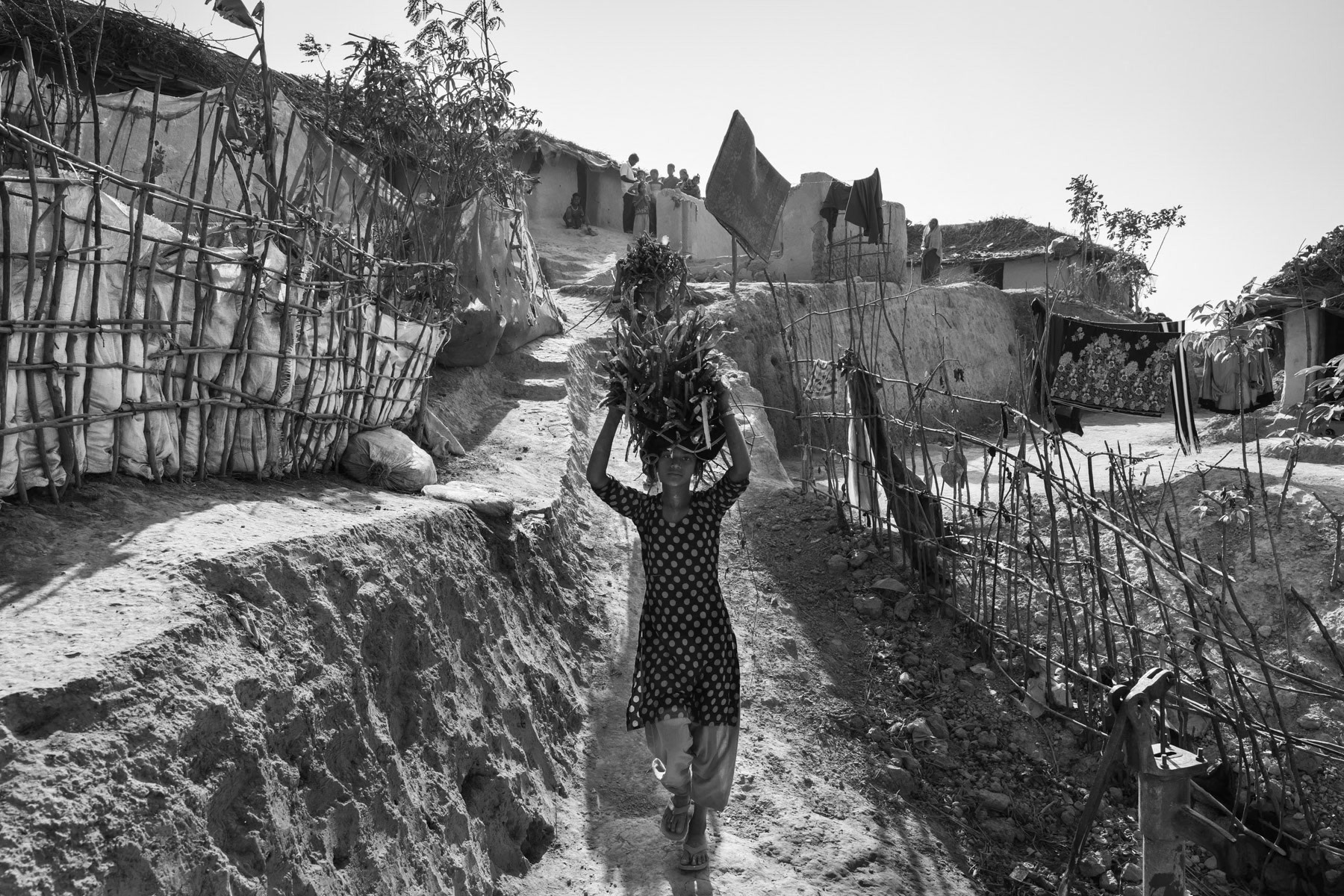
Carrying cooking wood, Kutupalong Rohingya refugee camp, Cox's Bazar, Bangladesh, February 2017
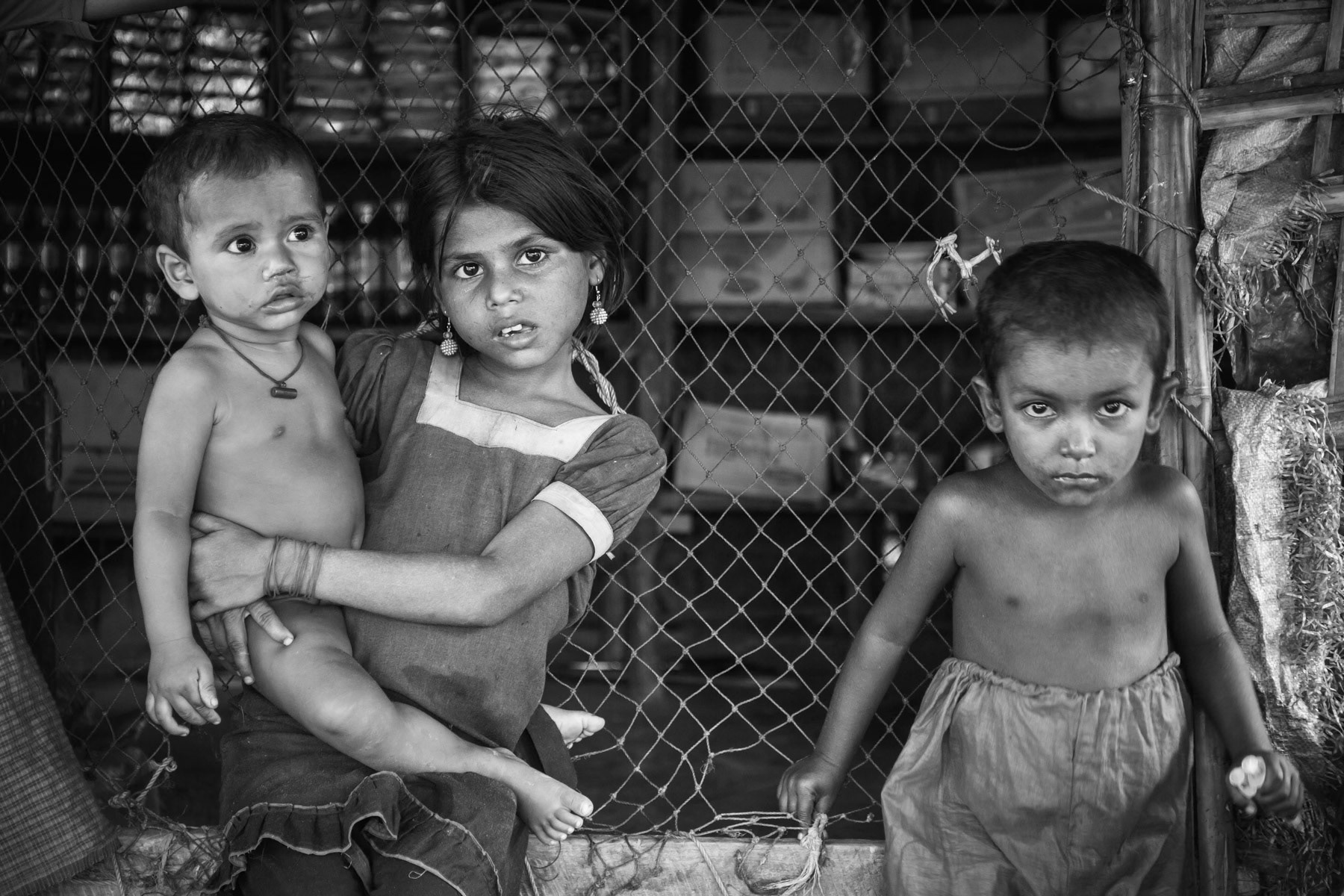
Rohingya children, East Nayapara refugee camp in Shamlapur, Bangladesh, May 2016

Rohingya children carrying sand through flooded areas after cyclone Roanu. Nazarir Tek, Cox's Bazar, Bangladesh, May 2016

Newly built water pump for Rohingya refugees that arrived recently. Kutupalong camp, Bangladesh, February 2017

Fish drying areas near Cox's Bazar where numerous Rohingya refugees can find low paid jobs. Najirar Tak, Cox's Bazar, Bangladesh, February 2017

Interior of the makeshift shelters set up for the newly arrived Rohingya refugees. Balulkali camp, Bangladesh, Febraury 2017
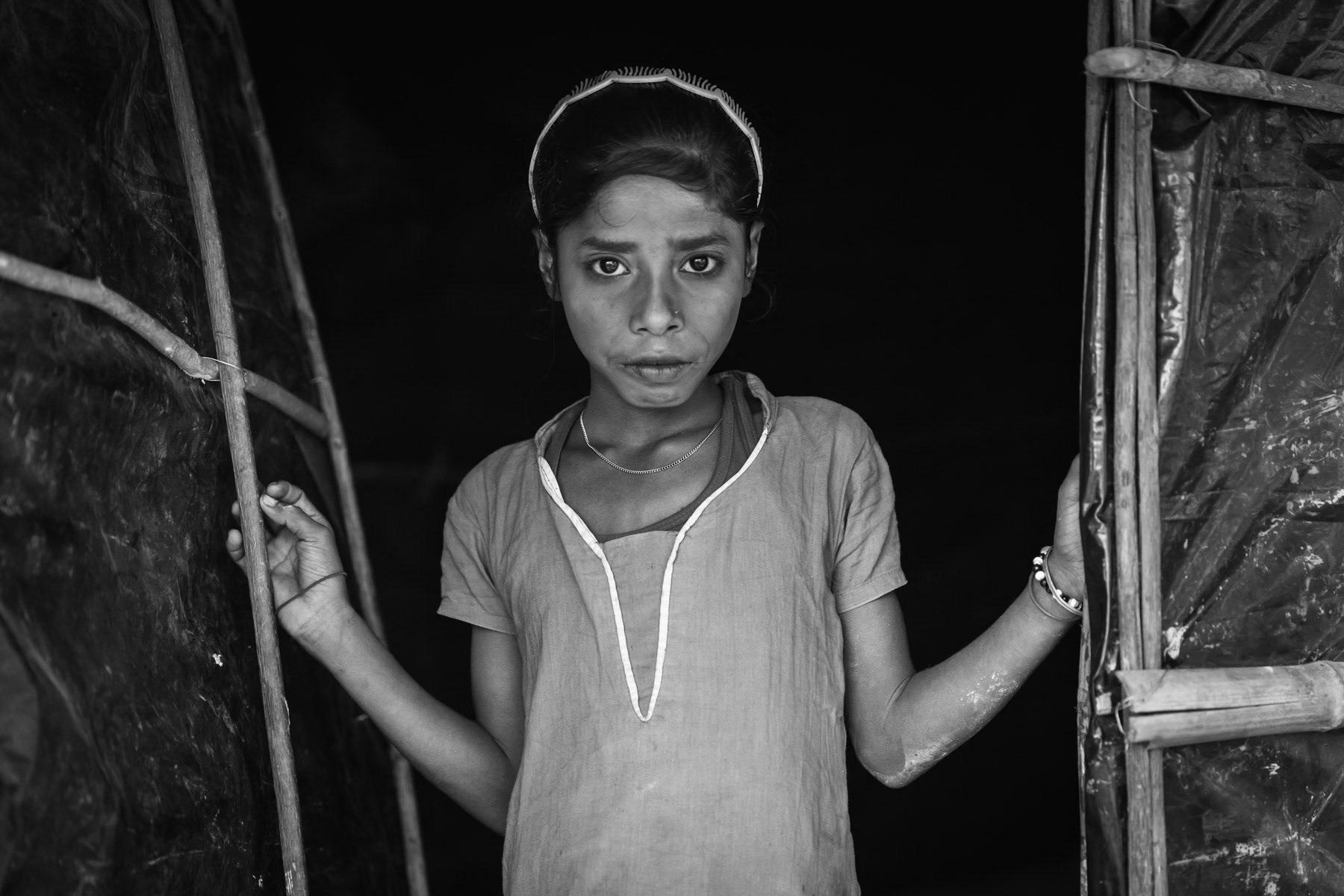
One of the 80,000 Rohingya refugees that have fled the ongoing ethnic cleansing campaigns in northern Rahkine since October 2016. Bulukhali camp, Cox's Bazar district, Bangladesh, February 2017
